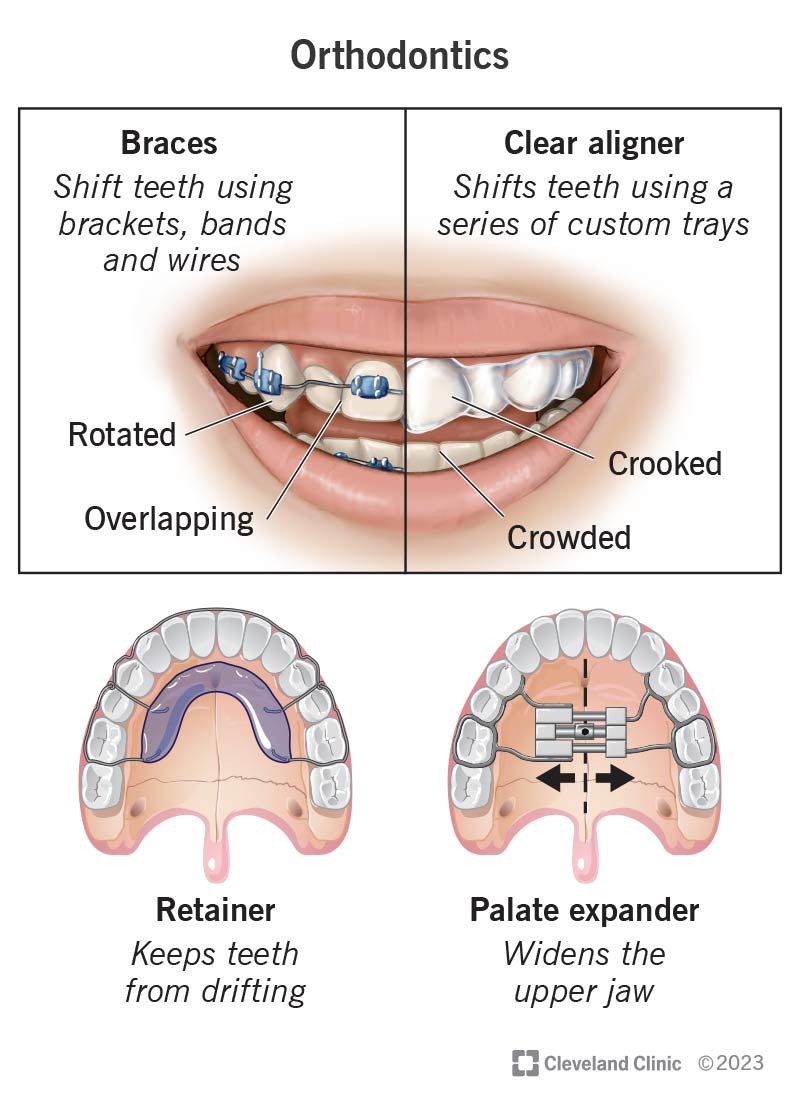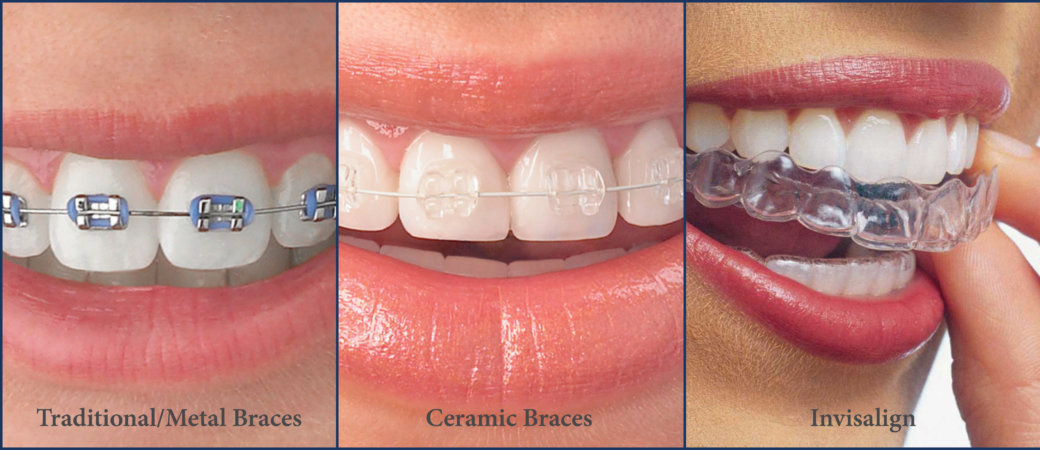10 Simple Techniques For Causey Orthodontics
Wiki Article
Causey Orthodontics Fundamentals Explained
Table of ContentsAn Unbiased View of Causey OrthodonticsAll about Causey OrthodonticsFacts About Causey Orthodontics RevealedThe Buzz on Causey OrthodonticsThe Basic Principles Of Causey Orthodontics
Ignoring occlusal partnerships, it was normal to get rid of teeth for a range of dental problems, such as malalignment or overcrowding. The principle of an undamaged dentition was not widely valued in those days, making bite connections seem irrelevant. In the late 1800s, the principle of occlusion was crucial for developing trustworthy prosthetic replacement teeth.As these principles of prosthetic occlusion advanced, it became an important device for dental care. It was in 1890 that the work and influence of Dr. Edwards H. Angle began to be really felt, with his contribution to modern orthodontics specifically notable. Focused on prosthodontics, he showed in Pennsylvania and Minnesota prior to directing his interest in the direction of dental occlusion and the therapies required to maintain it as a typical problem, thus ending up being recognized as the "father of contemporary orthodontics".

The principle of optimal occlusion, as postulated by Angle and integrated right into a classification system, enabled a change in the direction of dealing with malocclusion, which is any type of discrepancy from normal occlusion. Having a complete set of teeth on both arcs was extremely demanded in orthodontic treatment as a result of the requirement for exact relationships in between them.
Getting The Causey Orthodontics To Work
As occlusion ended up being the vital top priority, face proportions and aesthetics were ignored - Causey Orthodontics. To achieve excellent occlusals without utilizing exterior pressures, Angle postulated that having perfect occlusion was the most effective means to gain optimal face aesthetic appeals. With the passing away of time, it became rather obvious that even an extraordinary occlusion was not ideal when considered from an aesthetic perspectiveIt came to be obvious that orthodontic treatment can readjust mandibular growth, causing the development of functional jaw orthopedics in Europe and extraoral force steps in the United States. Nowadays, both practical home appliances and extraoral devices are applied around the globe with the purpose of amending growth patterns and forms. Consequently, seeking real, or at the very least enhanced, jaw connections had ended up being the primary objective of therapy by the mid-20th century.
Things about Causey Orthodontics
 Up until the mid-1970s, dental braces were made by wrapping steel around each tooth. https://www.techdirectory.io/health-beauty/causey-orthodontics-642455., it came to be possible to instead bond steel braces to the teeth.
Up until the mid-1970s, dental braces were made by wrapping steel around each tooth. https://www.techdirectory.io/health-beauty/causey-orthodontics-642455., it came to be possible to instead bond steel braces to the teeth.Andrews offered an insightful meaning of the perfect occlusion in long-term teeth. This has actually had purposeful effects on orthodontic treatments that are administered consistently, and these are: 1. Correct interarchal relationships 2. Appropriate crown angulation (idea) 3. Right crown disposition (torque) 4. No rotations 5. Tight get in touch with points 6. Flat Curve of Spee (0.02.5 mm), and based on these principles, he found a therapy system called the straight-wire home appliance system, or the pre-adjusted edgewise system.
The advantage of the style hinges on its bracket and archwire combination, which requires just marginal cord flexing from the orthodontist or medical professional (orthodontist expert). It's aptly named hereafter attribute: the angle of the port and thickness of the bracket base inevitably establish where each tooth is positioned with little requirement for additional control
The Basic Principles Of Causey Orthodontics
Both of these systems used similar braces for every tooth and required the flexing of an archwire in three aircrafts for locating teeth in their wanted positions, with these bends dictating utmost placements. When it involves orthodontic appliances, they are separated into 2 types: detachable and fixed. Removable devices can be taken on and off by the individual as needed.
Therefore, almost all modern-day fixed appliances can be taken into consideration variants on this edgewise home appliance system. Early 20th-century orthodontist Edward Angle made a major payment to the world of dental care. He produced 4 unique home appliance systems that have been made use of as the basis for numerous orthodontic therapies today, disallowing a few exemptions.
3 Simple Techniques For Causey Orthodontics

The wire finished in a string, and to move it forward, a flexible nut was utilized, which enabled a boost in circumference. By ligation, each specific tooth was connected to this expansive archwire (Causey Orthodontics). As a result of its restricted series of activity, Angle was not able to achieve exact tooth positioning with an E-arch
These tubes held a firm pin, which might be rearranged at each visit in order to move them in area. Called the "bone-growing appliance", this gizmo was theorized to urge healthier bone development due to its possibility for transferring pressure directly to the origins. Executing it verified problematic in fact.
Report this wiki page